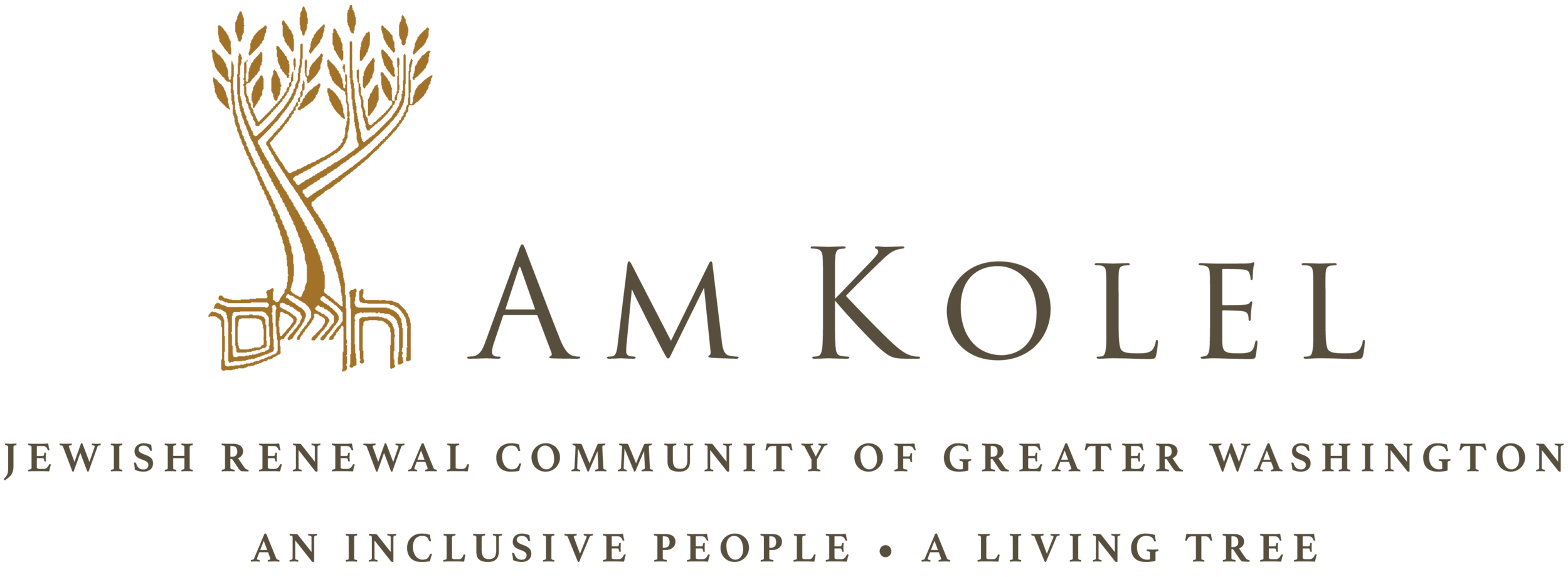Many of you have heard or read about the horrible display of antisemitic graffiti in Bethesda this past Monday.
Many of you have heard or read about the horrible display of antisemitic graffiti in Bethesda this past Monday. Using swastikas, hangmen and the words “no mercy to Jews” on a large wall by the new Trolley Trail in red paint was another shocking reminder of the rise in hatred toward Jews and of a general rise in hate crimes and acts of violence throughout America.
The County’s response, by the police and statements by County leaders and faith leaders denouncing this act, have been well noted. The response by the Washington Board of Rabbis and their presence at the scene decrying this act sends a message. JAMAAT, Jews and Muslims and Allies Act Together, issued a statement as well.
Recently, I also learned of the vandalism of several mezuzot in a local apartment building.
Words decrying such actions are important. For a long time, I have been concerned and vocal about the fact that County agencies, congregations and institutions have done little to get to the heart of antisemitism and other hate crimes. Are the school systems doing what they can to address these issues? I’ve spent time in recent years speaking with officials in the State Department of Education and other educators to understand their efforts. With a few exceptions, the ability to train teachers, to offer approaches for learning and dialogue among students and faculty have been disappointing. The ADL, the Holocaust Museum and others have prepared resources for schools and institutions. But knowing about these resources and how and when to use them needs to be studied.
Before the pandemic hit, a retired Episcopalian priest, Carol Flett, under the auspices of the Faith Community Advisory Council of MC, trained a number of us in conflict resolution and in how to guide dialogue groups in addressing issues of racism, antisemitism, sexism, Islamophobia and other forms of bigotry. For more than two years we conducted dialogue meetings attracting between 40 and 100 people.
The County has a Human Rights Commission. We have a police department. There are numerous County and public agencies that need to work together better to develop new approaches to building bridges and breaking down barriers that separate peoples from each other. I've also learned that there are new groups such as Braver Angels, a citizens' organization uniting red and blue Americans in a working alliance to depolarize America. They offer workshops and have local chapters.
Definitions of racism and antisemitism are no substitutes for education, dialogue and addressing our own personal struggles over these issues. Both Am Kolel and Kehila Chadasha, at our high holidays services, and also throughout the year, have taken meaningful steps and more proactive responses. Perhaps the County or some agency create a website describing best practices in tackling the root causes of hatred and share paths toward understanding and healing.
The Parsha this week, Chayei Sarah, gives us several examples of how our ancestors took steps toward meeting with others, drawing from the wells of chesed and finding common ground in planning the future.
If you have some time to serve on an Am Kolel Community Relations Committee please let us know.
Kadimah,
Reb David
